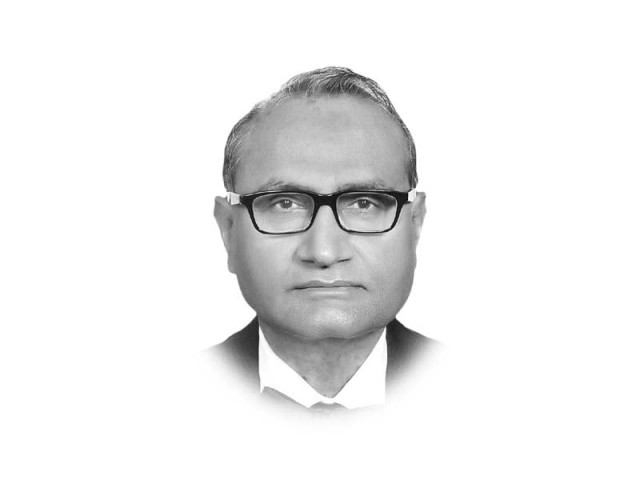
At the centre of our economic policymaking is the goal of poverty alleviation. Over the next five years, we should focus on provision of welfare services to the low-income segments of the society with the aim to reduce poverty from the current 29% to less than 10%. For food security, improvements in yields of staple crops and import substitution of imported food items should be pursued to ensure availability of essential food items for all at affordable prices. We should ensure that regional disparity in all socio-economic indicators is annihilated by focusing our attention on the less developed areas.
Pakistan needs to focus on second generation reforms including deepening of financial market, improving ease of doing business, enforcing property rights, improving regulatory apparatus, enforcing rule of law, creating a credible and efficient judicial system and to build an institutional foundation that can sustain economic growth and give protection against external shocks. Our exports have suffered due to slow-down in international trade and decline in commodity prices. Going forward, we should focus on enhancing export competitiveness and taking our export to GDP ratio to around 12%. Reforming public-sector enterprises is foreseen in corporatisation and efficiency improvements.
An economic vision should be followed with these key elements. We should target growth consistently at above 7%, driven by investments and the environment of competition and innovation with the private sector as an engine of growth. The government institutions should be reformed to focus on improved service delivery and better regulations to support the growth momentum. Governance, transparency, accountability and business-friendly environment should become the key focus of our policies. For sustainable economic environment, macroeconomic stability should be fostered through fiscal consolidation. While tax rates should be rationalised to facilitate the private sector, emphasis should be on broadening the tax base, and reforming the FBR. A new National Finance Commission Award, that balances the functional responsibilities and budgets of Federal and provincial governments should be announced with the view to support service delivery at the provincial level. Focus on results in our plans and budgets should be enhanced with the view to provide better services to the people.
Water security is necessary for our agriculture and consumption. A considerable amount of water passes through our rivers each year. Absence of dams means that a lot of water is wasted which we should preserve. Over the next five years, we should concentrate on substantially completing Diamer-Bhasha dam, and simultaneously improving water conservancy. In addition to the 15,000MW in the pipeline to come in generation mode in the period beyond 2018, energy security requires we should plan to add another 10,000MW of electricity and another 2 to 3 billion cubic feet of gas per day.
Published in The Express Tribune, May 28th, 2017.
Like Opinion & Editorial on Facebook, follow @ETOpEd on Twitter to receive all updates on all our daily pieces.















COMMENTS
Comments are moderated and generally will be posted if they are on-topic and not abusive.
For more information, please see our Comments FAQ